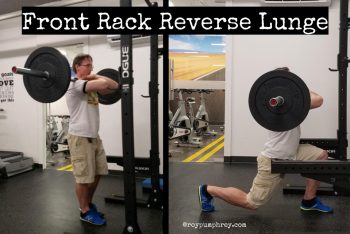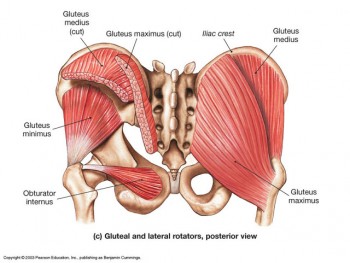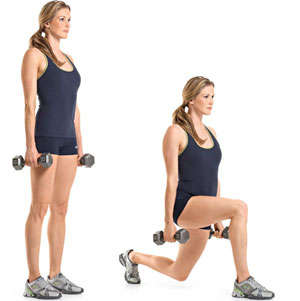No quippy, I'd like to think, witty, intro to this one. The Front Rack Reverse Lunge, it's a bitch boss exercise. If you do it, it'll make you better That should be enough. But I have to find something semi-interesting long winded to say I guess, so here goes. Why Reverse Lunge in The First Place: Easier on The Knees: Initiating the movement by sitting back into the hips activates the musculature around the hips (glutes, hams etc) preferentially. This means you're FAR less likely to ram the femur into the kneecap (you can, it's just much more difficult than in forward lunges). Initiating into the hip also helps to lessen the chances of a … [Read more...]
You Can Never Have Too Much Ass….
It's a universal truth. The easiest, quickest way for most people to feel and perform better is to get their ass in gear...literally, like, make it do something other than store Krispy Cremes. "for us, for athletes, glutes are everything -- the absolute epicenter and powerhouse of all athletic movement. It's all about the ass."- Mark Verstegen Simply put, the glutes are the most important muscle group in the body. "Maybe normal people don't discuss this all day long, but we sure do," says Titans quarterback Matt Hasselbeck. "Every strength coach I've ever been around, it's glute, glute, glute -- always, always, always. It's a broken record. I can't tell you how … [Read more...]
Doing it Better: Lunges
Your lunges are terrible.... So bad you shouldn't do them. At least not until after you read this. Your lunges probably don't look like this.... I can say with almost 100% certainty that when you do a lunge one of these things happens: From start to midpoint: Step out is too small, not giving the hips enough room to drop down. Step out is too big and the back leg has to be kept straight to be used as a kickstand. The Step out foot is placed towards the mid-line of the body. Contact on the step out foot is on the ball of the foot not on a flat foot with pressure in the heel. The knee collapses in towards the mid-line of the … [Read more...]





